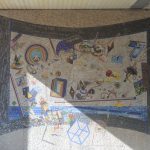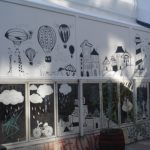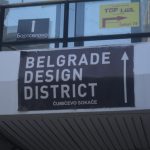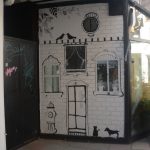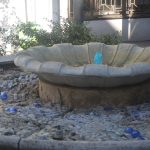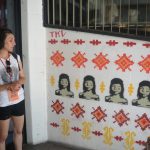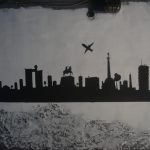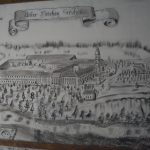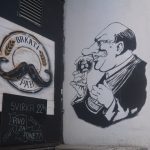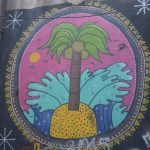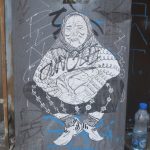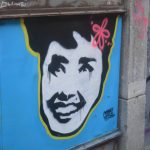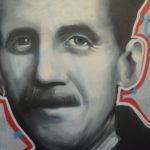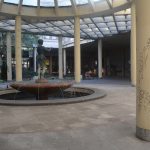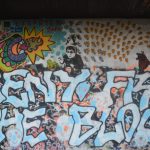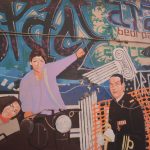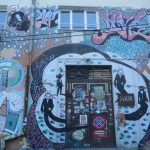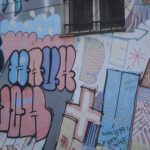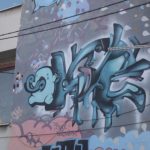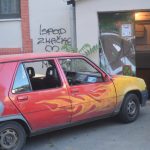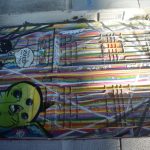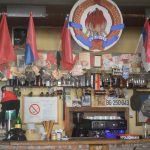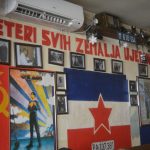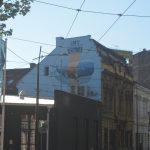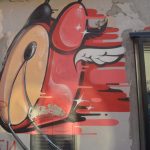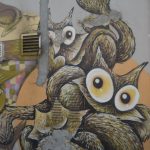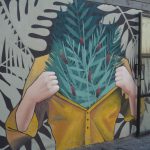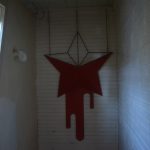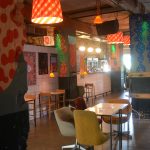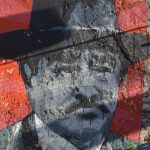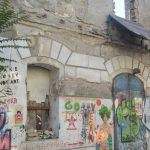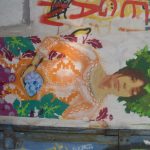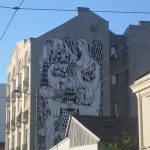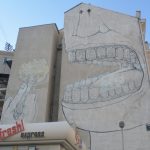For centuries, Vienna has been a leader in urban planning and an icon of European architectural grandeur. Today, it is one of the most livable cities in the world, boasting a fantastic sustainable transportation network, a high employment rate, and a constantly evolving urban design and placemaking scene keeping the city lively and vibrant.
But despite it’s perfect appearance, Vienna is not a city without challenges – first and foremost housing. Integrating a growing population while preserving the historic human-scale appeal of the city has been a challenge since the early 20th century, when the need to house factory workers led to the construction of “gemeindebauten”. These are socialist-style communes with shared facilities built on the outskirts of the city, which were built on the principle of providing a happy community-oriented lifestyle to those who could not afford to live in the city center. The most famous of these is Karl-Marx-Hof, which is complete which is over 1 km in length, making it the longest apartment complex in the world.
Today, the city is growing both up and out, with new districts being added every few years. But thanks to architectural regulations and strict planning guidelines, the whole city still feels like one Vienna. Nowadays, if you look over the Viennese cityscape, you’ll see that almost every residential, baroque-style building has a newly constructed loft floor. From the street-level, these new additions are barely noticeable and don’t take away from Vienna’s old-time vibe.
The ability to celebrate the old while embracing the new is something that really impressed me about Vienna, and I believe that cities in North America could learn alot from this city’s success in preserving it’s historic and modern cultures side-by-side.
